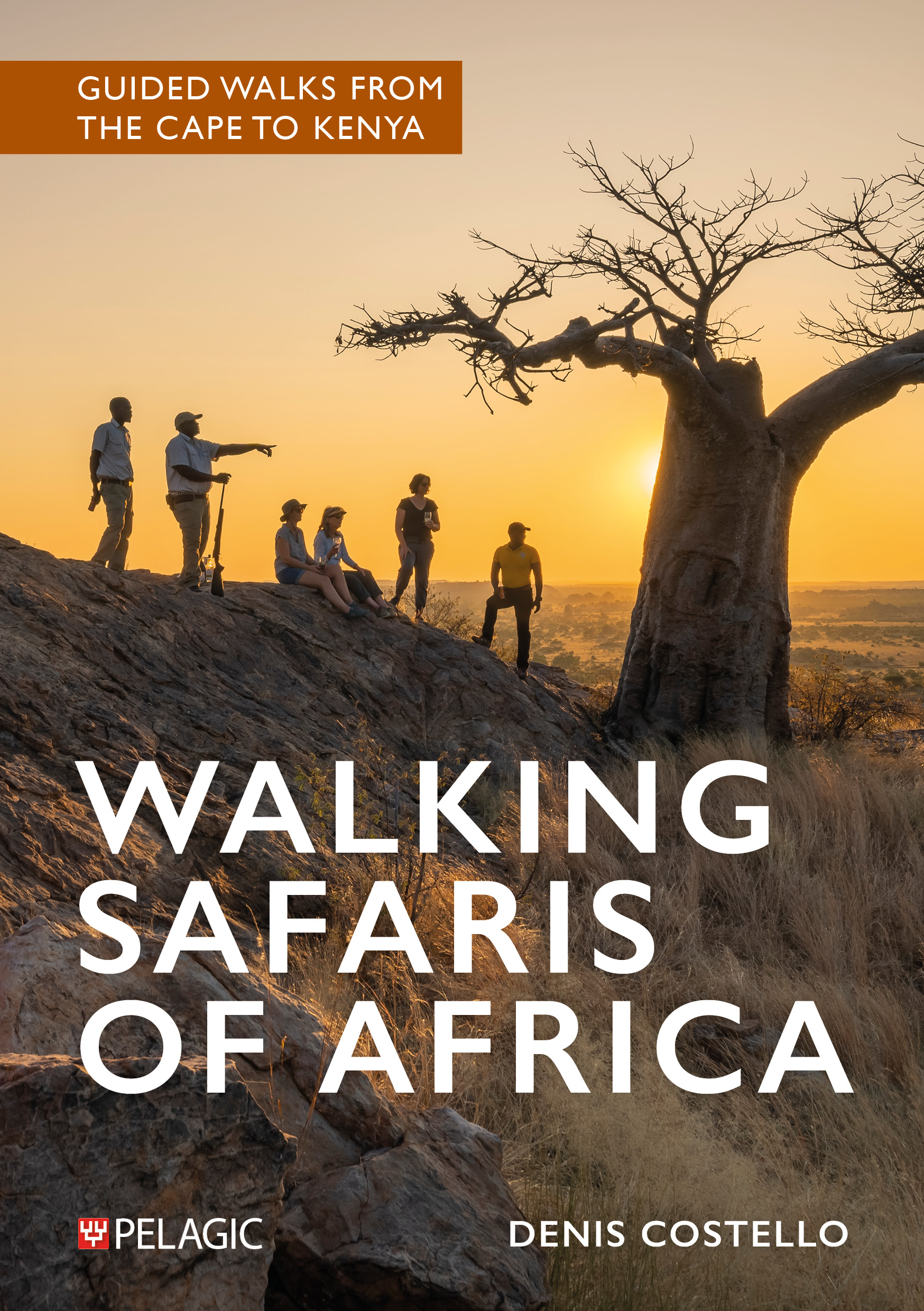-
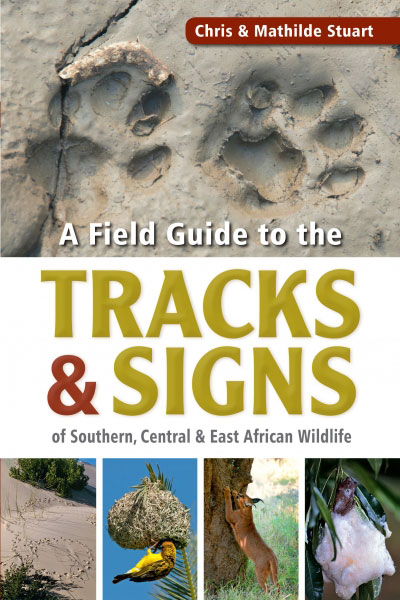 Originally published in 1994, A Field Guide to Tracks and Signs of Southern and East African Wildlife quickly became the standard reference to the subject in the region, reprinting many times. This new edition provides the most detailed coverage of tracks, droppings, bird pellets, nests and shelters and feeding signs, not only for mammals, but also for birds, reptiles, insects, and other invertebrates. Greatly expanded, this extensive update now features full colour throughout.
Originally published in 1994, A Field Guide to Tracks and Signs of Southern and East African Wildlife quickly became the standard reference to the subject in the region, reprinting many times. This new edition provides the most detailed coverage of tracks, droppings, bird pellets, nests and shelters and feeding signs, not only for mammals, but also for birds, reptiles, insects, and other invertebrates. Greatly expanded, this extensive update now features full colour throughout. -
 First published in 1986, Smithers' mammals are an authoritative and popular guide to the mammals of Southern Africa. This revised and updated edition incorporates the latest information brought to light by molecular genetics, while remaining accessible to the layperson and handy in the field. Each entry includes an in-depth species description; notes on habitat, behaviour, diet, and conservation status; accurate illustrations and spoor drawings; and a distribution map.
First published in 1986, Smithers' mammals are an authoritative and popular guide to the mammals of Southern Africa. This revised and updated edition incorporates the latest information brought to light by molecular genetics, while remaining accessible to the layperson and handy in the field. Each entry includes an in-depth species description; notes on habitat, behaviour, diet, and conservation status; accurate illustrations and spoor drawings; and a distribution map. -
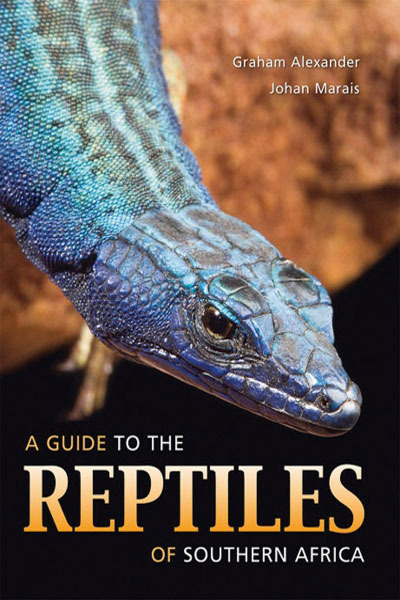 Drawing on the latest scientific research, the authors introduce the book with a discussion of reptile identification, diversity, biology, distribution patterns, and where to find and observe them, as well as unravelling the facts and fallacies of snakebites. Written in a lively and accessible way, the subsequent chapters offer insight into: Identification to group level, with an inclusive list of related species A detailed description of appearance, together with colourful images Biology and behaviour of each group
Drawing on the latest scientific research, the authors introduce the book with a discussion of reptile identification, diversity, biology, distribution patterns, and where to find and observe them, as well as unravelling the facts and fallacies of snakebites. Written in a lively and accessible way, the subsequent chapters offer insight into: Identification to group level, with an inclusive list of related species A detailed description of appearance, together with colourful images Biology and behaviour of each group -
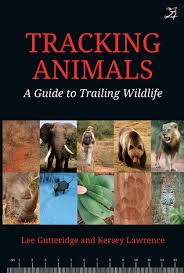 This book starts with basic “how to” information and grows in complexity, moving into a series of more technical skills and information, including detailed descriptions of methods used to handle different circumstances a wildlife tracker will encounter. It also includes a few simple exercises that you can do to become a better tracker, whether you are only interested in identifying the tracks and signs in your backyard, or in developing the full suite of skills that trackers use. With its engaging and informative content, Tracking Animals is valuable for both beginners and experienced trackers, and to naturalists, hikers, guides, hunters, scientists and educators.
This book starts with basic “how to” information and grows in complexity, moving into a series of more technical skills and information, including detailed descriptions of methods used to handle different circumstances a wildlife tracker will encounter. It also includes a few simple exercises that you can do to become a better tracker, whether you are only interested in identifying the tracks and signs in your backyard, or in developing the full suite of skills that trackers use. With its engaging and informative content, Tracking Animals is valuable for both beginners and experienced trackers, and to naturalists, hikers, guides, hunters, scientists and educators. -
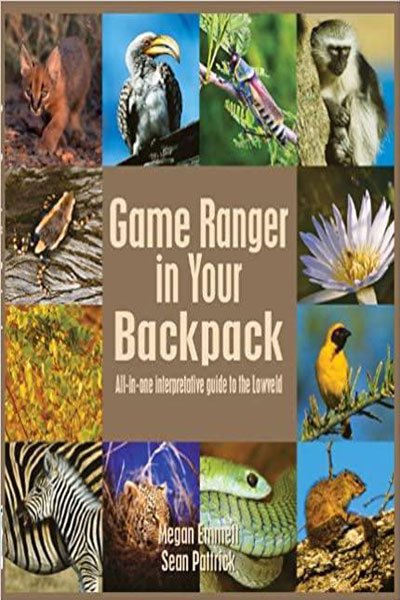 This guide is packed with practical, interpretative information on the most encountered animals and plants of the Lowveld - information that is usually only available if you have a game ranger or field guide by your side in the bush! It teaches people how to observe, identify and interpret what they see in the bush in a meaningful way, without having to wade through the reams of technical information found in most other field guides.
This guide is packed with practical, interpretative information on the most encountered animals and plants of the Lowveld - information that is usually only available if you have a game ranger or field guide by your side in the bush! It teaches people how to observe, identify and interpret what they see in the bush in a meaningful way, without having to wade through the reams of technical information found in most other field guides. -
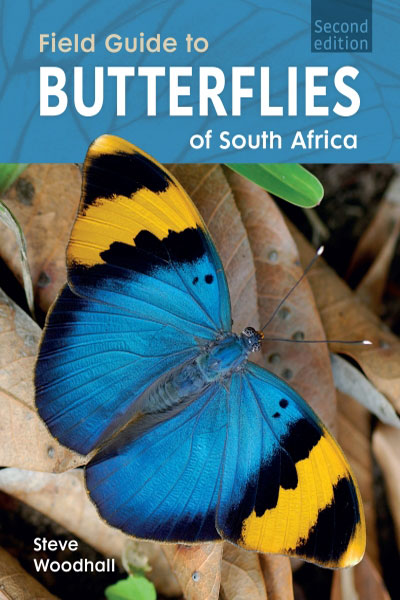 Field Guide to Butterflies of South Africa is designed for easy, rapid identification of all butterflies likely to be seen in South Africa. Following a worldwide trend to butterfly watching, readers are encouraged to observe behaviour rather than collect specimens. A detailed introductory section discusses butterfly biology, behaviour and anatomy, and butterfly families and subfamilies.
Field Guide to Butterflies of South Africa is designed for easy, rapid identification of all butterflies likely to be seen in South Africa. Following a worldwide trend to butterfly watching, readers are encouraged to observe behaviour rather than collect specimens. A detailed introductory section discusses butterfly biology, behaviour and anatomy, and butterfly families and subfamilies. -
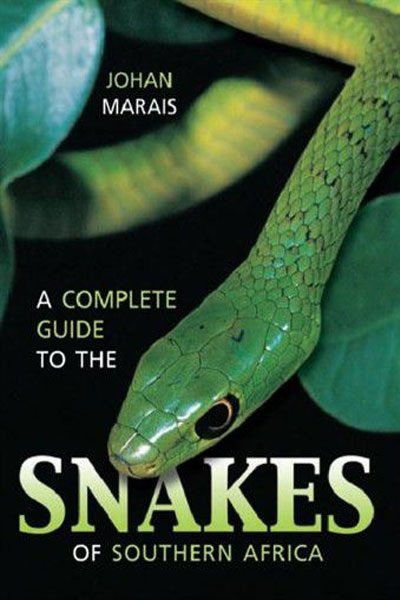 This detailed and comprehensive guide to the 151 snakes indigenous to southern Africa covers all essential aspects of snake biology and behaviour. Now in its second edition, A Complete Guide to the Snakes of Southern Africa has been updated, revised, and expanded to include at least 11 newly discovered and 30 re-classified species and sub-species. New information based on international scientific research has been included in the species accounts relating to behaviour, identification, reproduction, and snake venom.
This detailed and comprehensive guide to the 151 snakes indigenous to southern Africa covers all essential aspects of snake biology and behaviour. Now in its second edition, A Complete Guide to the Snakes of Southern Africa has been updated, revised, and expanded to include at least 11 newly discovered and 30 re-classified species and sub-species. New information based on international scientific research has been included in the species accounts relating to behaviour, identification, reproduction, and snake venom. -
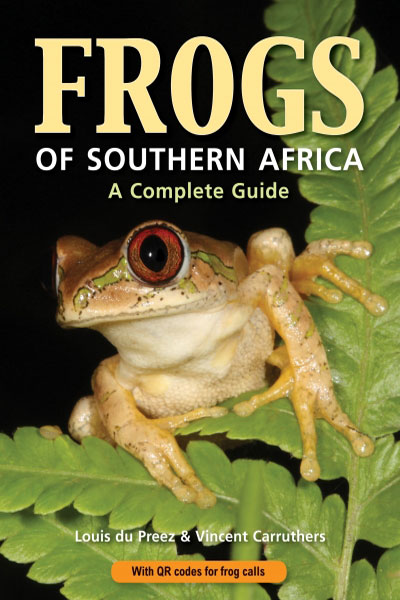 This new edition (with a slight name change) has been thoroughly updated to reflect taxonomic changes based on the most recent research and DNA studies and includes 12 new species and more than 130 new images. All 169 southern African frog species, and their tadpole stages, are fully described, along with their conservation status, calls, habitat, and habits.
This new edition (with a slight name change) has been thoroughly updated to reflect taxonomic changes based on the most recent research and DNA studies and includes 12 new species and more than 130 new images. All 169 southern African frog species, and their tadpole stages, are fully described, along with their conservation status, calls, habitat, and habits. -
 The book presents 50 of the most recognizable and geologically interesting sites around South Africa, including some of palaeontological or historical renown and some of mining interest. The diverse selection includes sites such as Chapman’s Peak, Howick Falls, Walter Sisulu National Botanical Gardens, Mapungubwe, Tswaing Meteorite Crater and the Fraserburg Fossil Surface.
The book presents 50 of the most recognizable and geologically interesting sites around South Africa, including some of palaeontological or historical renown and some of mining interest. The diverse selection includes sites such as Chapman’s Peak, Howick Falls, Walter Sisulu National Botanical Gardens, Mapungubwe, Tswaing Meteorite Crater and the Fraserburg Fossil Surface. -
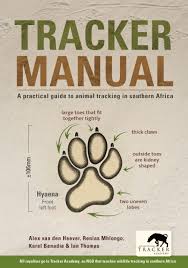 This practical guide to animal tracking is a one-of-its-kind manual, based on information developed with the help of southern Africa’s few remaining traditional trackers and their centuries-old wisdom in the field. It presents the more concrete and obvious wildlife signs for some 160 animals and teams them with a host of seemingly unrelated details to give a comprehensive picture of recent – and not-so-recent – traffic through the bush.
This practical guide to animal tracking is a one-of-its-kind manual, based on information developed with the help of southern Africa’s few remaining traditional trackers and their centuries-old wisdom in the field. It presents the more concrete and obvious wildlife signs for some 160 animals and teams them with a host of seemingly unrelated details to give a comprehensive picture of recent – and not-so-recent – traffic through the bush. -
 This comprehensively updated and expanded edition of the region’s best-selling field guide to trees offers much, much more than the highly successful first edition. Fully updated text (including additional species entries) and distribution maps, numerous new photographs and a new 87-page section of full-tree photographs makes this well-loved guide even more indispensable in the field.
This comprehensively updated and expanded edition of the region’s best-selling field guide to trees offers much, much more than the highly successful first edition. Fully updated text (including additional species entries) and distribution maps, numerous new photographs and a new 87-page section of full-tree photographs makes this well-loved guide even more indispensable in the field. -
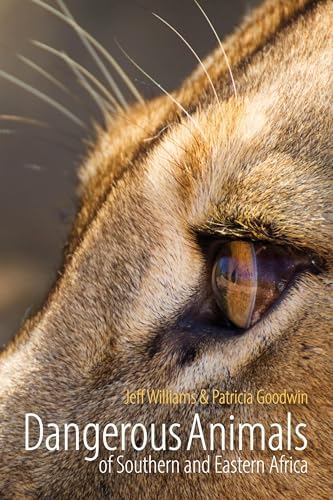
-
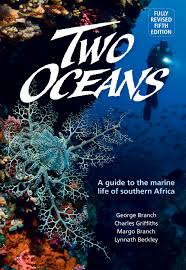 For over two decades Two Oceans has been the pre-eminent book to which scientists, students, divers, and beachcombers turn to identify and learn about marine life, from sponges to whales and seaweeds to dune forests. In this exuberantly colourful, fully revised fourth edition, over 2 000 species are now covered, names and other details have been updated to reflect the latest taxonomy and many new photographs have been added.
For over two decades Two Oceans has been the pre-eminent book to which scientists, students, divers, and beachcombers turn to identify and learn about marine life, from sponges to whales and seaweeds to dune forests. In this exuberantly colourful, fully revised fourth edition, over 2 000 species are now covered, names and other details have been updated to reflect the latest taxonomy and many new photographs have been added. -
